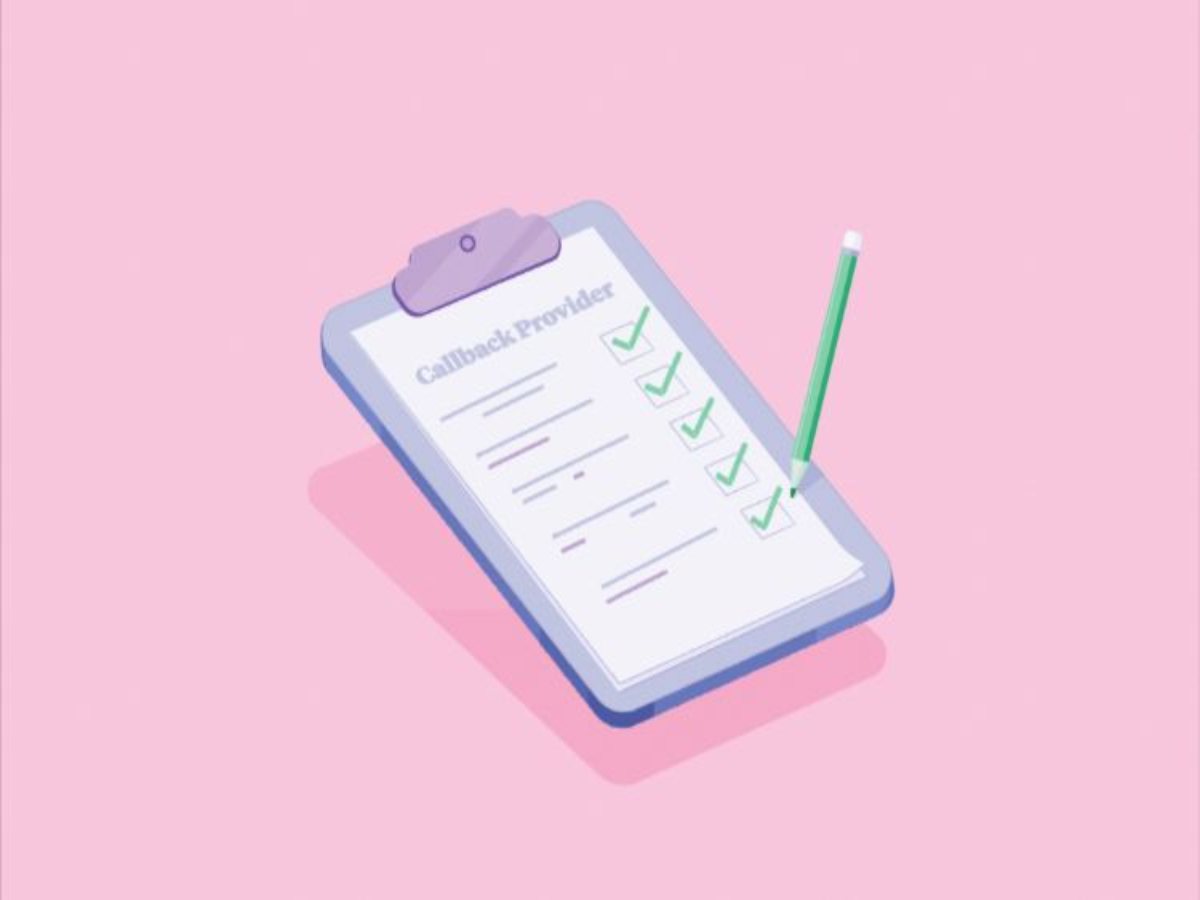Your Contact Center Checklist: A Comprehensive Guide to Choosing The Right Solution!

Today’s customers are pampered with the experiences provided by Amazon, Netflix, Uber, and the Swiggies of the world. And rightfully, they’ve come to expect a similar experience from every business they interact with.
What do your customers expect when they reach out to you?
They expect seamless and personalized experiences. Their requests can be as simple as checking the status of a package or as complex as disputing a charge or asking a question; the way you make them feel can make or break their loyalty.
You have a wide array of contact center platforms, each shouting AI-powered chatbots, omnichannel dashboards, and game-changing integrations. You can easily get lost in this hype.
You most likely end up choosing a platform that doesn’t serve your purpose.
To help you avoid this trap, we have created a checklist outlining the steps to take when choosing your contact center solution.
Whether you’re a startup looking to scale or a mature enterprise aiming to modernize, this guide will walk you through every critical functionality, so you can make an informed decision that resonates with your team and your customers.
Table of Contents
1. Deployment model: Cloud, on-premise, or hybrid?
Cloud solutions offer rapid deployment, automatic updates, and pay-as-you-grow pricing. On-premise solutions may appeal to organizations with strict data sovereignty requirements.
The jury is still out on whether on-premise really offers strict data sovereignty in comparison to cloud deployments, but that is not the purpose of this article.
Let me give you a couple of examples.
We successfully migrated one of India’s largest banks to our cloud contact center platform within 48 hours during the pandemic. We transitioned all of their agents to work from home in a matter of two days. All the agents needed was an active Internet connection and access to a browser to connect to our platform.
Another banking customer of ours implemented a hybrid setup, where it hosted sensitive mortgage applications on-premise, while using the cloud for customer inquiries. This allowed them to be compliant with GDPR without sacrificing agility.
2. Omnichannel
Today’s consumers use multiple channels, including phone, email, live chat, social media, and messaging apps, to communicate. Sometimes, they jump between channels for the same interaction. They expect a seamless experience across all channels without having to repeat themselves.
Let me give you an example.
Our insurance customer experienced significant agent attrition. Upon investigation, they discovered that their agents had to navigate multiple applications and screens before resolving customer queries.
This put a lot of stress on them, and they were leaving.
After implementing our platform, they were able to get a single view of all their customer interactions and the context of every customer query. This made them more productive, and the attrition levels decreased by 50% within three months.
3 Advanced IVR and self-service
- Does the IVR deflect common queries to self-service channels?
- Does the IVR support natural language understanding?
- Can callers seamlessly transition from self-service to live agent without re-authentication?
Our telecom customer implemented an IVR that recognized phrases such as “outage in my area” and automatically routed calls to the correct team. This reduced the average handle time by 35%.
4. AI-powered agent assist and chatbots
- Does the system surface relevant knowledge-base articles during the call?
- Can you train your chatbots on your own FAQs without developer help?
- Does the system offer real-time suggestions, upsell opportunities, and compliance prompts?
5. Workforce engagement and scheduling
Workforce engagement provides you with the ability to predict unexpected spikes in customer interactions in real-time. They help you staff appropriately during these events and ensure that you offer an exceptional customer experience.
One of our telecom customers had several customer interactions in which they complained about service disruptions in a particular area. Our workforce engagement solution predicted a surge in customer calls from that area and staffed the various channels in real-time, enabling us to address the issue proactively.
6. Real-time analytics
- Does your dashboard help you visualize service levels, average speeds to answer, customer satisfaction (CSAT), and agent utilization at a glance?
- Does it let you drill down by campaign, agent, or channel?
- Can you build custom KPIs without relying on professional services?
- Is historical data exportable for offline analysis?
7. CRM and third-party integrations
- Does your vendor’s platform integrate with all your customer-facing apps?
- Does the vendor provide pre-built integrations with Salesforce, Zendesk, Zoho, Freshdesk, LeadSquared, and ServiceNow?
- Does the vendor support API integrations?
An insurance customer triggered personalized email follow-ups after every support interaction. This significantly boosted their CSAT scores, made possible by the tight integration with their CRM.
8. Security, compliance, and data privacy
- Is the contact center platform compliant with GDPR, TCPA, CCPA, HIPAA, PCI-DSS, FDCPA, SOC 2, TRAI, and DoT regulations?
- Does the solution offer end-to-end encryption for voice and digital channels?
- Are there built-in features for call recording consent and redaction?
- Does the platform support role-based access controls and audit trails?
A BPO customer of ours is able to pitch to customers across various verticals due to all our pre-built compliances. Today, they pitch our platform in every new customer proposal.
9. Customization and scalability
- Does your provider offer customizations as a part of the platform?
- Is the platform easily configurable to add and remove channels?
- Does pricing scale linearly, or are there jump costs at specific user tiers?
- What is covered under per-minute pricing? What additional fees are required for other features?
An eCommerce customer ramped from 50 to 150 agents at the click of a button, and ramped down to 50 agents after a week. They scaled to address their customer’ needs during the festive season.
10. Support
- Does the vendor offer 24/7 support across channels?
- Do they handhold you during the onboarding process?
- Does the vendor provide video tutorials and access to knowledge bases?
Our support is the primary reason why we haven’t experienced customer churn in the last eight years of our operations. All our SLAs are in hours, not days, weeks, or months.
The ultimate metric isn’t how many bells and whistles you install, but how effortlessly your team can deliver consistent and seamless experiences that keep customers coming back.
Use this guide as a roadmap, and you’ll end up choosing the platform that’s not just good enough, but truly transformative for your customer journeys.
